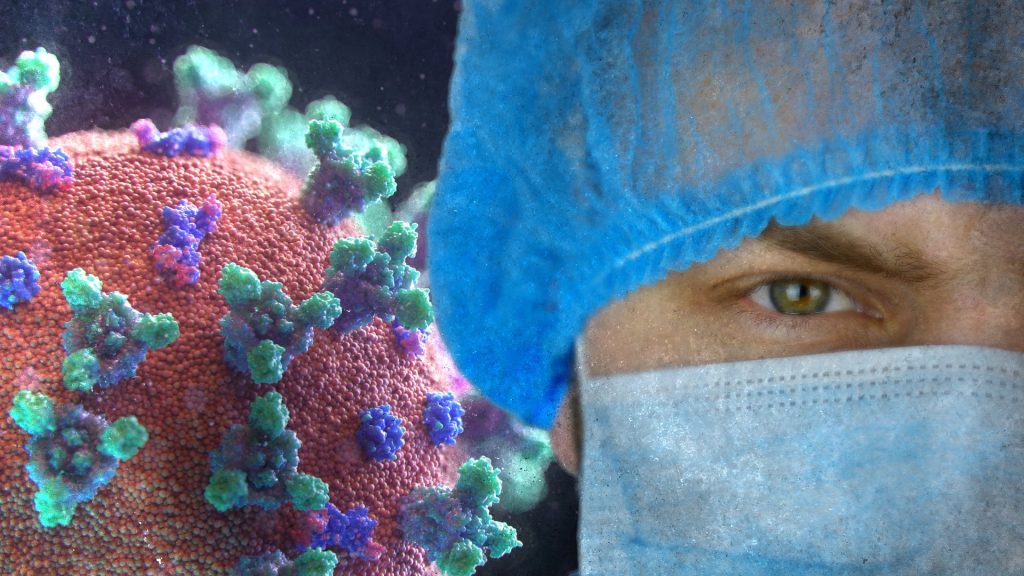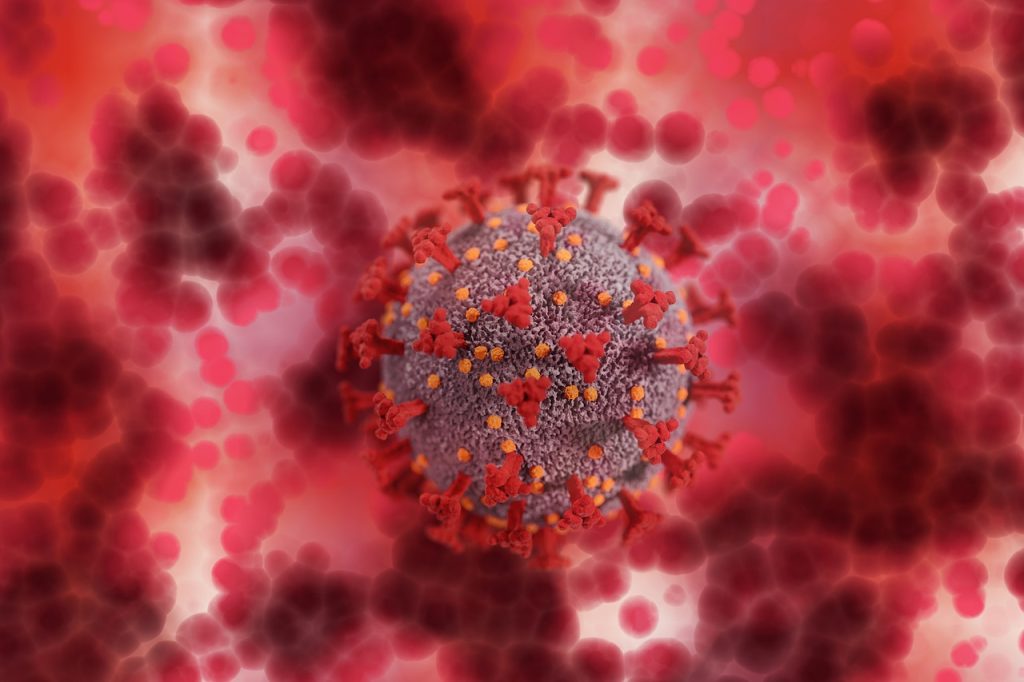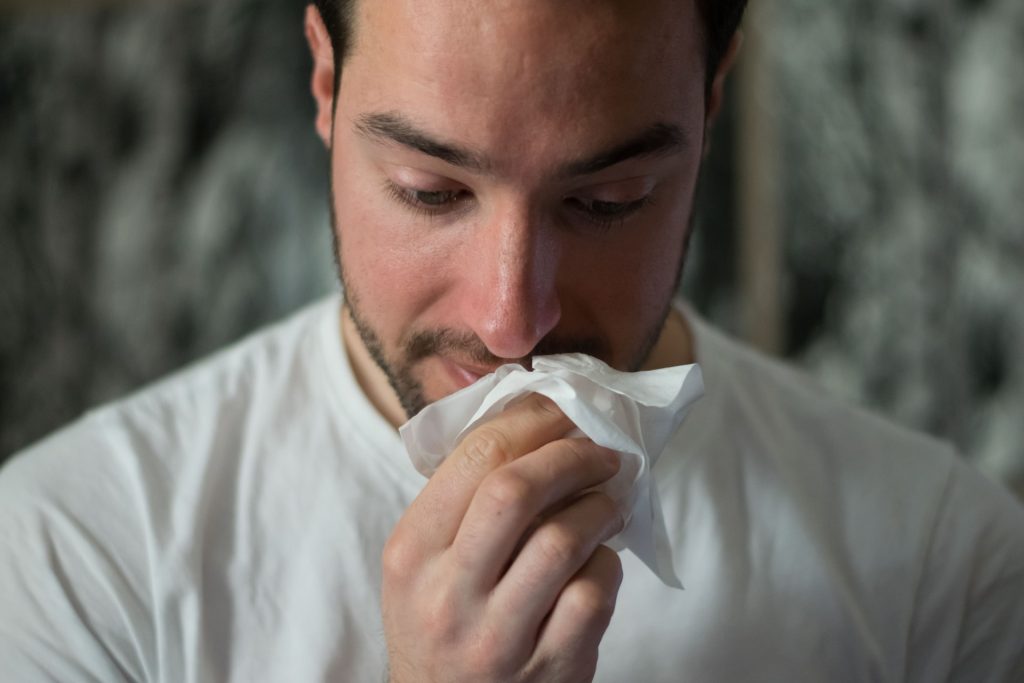Labour Induction in 39th Week Does not Decrease Risk of Needing Caesarean

In recent years, experts have debated the benefits of labour induction once at a certain stage of pregnancy. But a new US study suggests that inducing labour at the 39th week of pregnancy for those having their first births with a single baby in a head down position, or low risk, doesn’t necessarily reduce the risk of caesarean births. In fact, for some, it may even have the opposite effect if hospitals don’t take a thoughtful approach to induction policies.
“Some people in the field have suggested that after 39 weeks of gestation, medical induction should be standard practice,” said lead author Elizabeth Langen, MD, a high-risk maternal fatal medicine physician and researcher at University of Michigan Health Von Voigtlander Women’s Hospital, of Michigan Medicine.
“We collaborated with peer hospitals to better understand how labour induction may influence caesarean birth outcomes in real world maternity units outside of a clinical trial. In our study sample, we found inducing labour in this population of women and birthing people did not reduce their risk of caesarean birth.”
The new research, published in the American Journal of Perinatology, was based on more than 14 135 deliveries in 2020 analysed through a statewide maternity care quality collaborative registry.
Results conflict with national trial findings
The study was conducted in response to published research in 2018 from a multicentre trial known as “ARRIVE” (A Randomized Trial of Induction Versus Expectant Management.)
Findings from ARRIVE indicated that medical induction at 39 weeks gestation in first time low risk pregnancies resulted in a lower rate of caesarean deliveries compared to expectant management – or waiting for labour to occur on its own or for a medical need for labour induction.
Michigan researchers mimicked the same framework used in the national trial and analysed data from the collaborative’s data registry, comparing 1558 patients who underwent a proactively induced labour versus 12 577 who experienced expectant management. However, their results failed to support a link between elective induced labour in late pregnancy and a reduction in caesarean births.
In fact, results from the general Michigan sample were contradictory to the ARRIVE trial: Women who underwent elective induction were more likely to have a caesarean birth compared with those who underwent expectant management (30% versus 24%.)
In a subset of the sample, matching patient characteristics for a more refined analysis, there were no differences in c-section rates. Authors noted that time between admission and delivery was also longer for those induced.
Expectantly managed women were also less likely to have a postpartum haemorrhage (8 % versus 10 %) or operative vaginal delivery (9 % versus 11 %), whereas women who underwent induction were less likely to have a hypertensive disorder of pregnancy (6 % versus 9%.) There were no other differences in neonatal outcomes.
Authors point to several possible explanations for why the two studies had conflicting results. One key difference was that the Michigan study collected data after births for the purpose of quality improvement in a general population of low-risk births. The ARRIVE trial, however, used data collected in real time as part of a research study.
A significant difference between clinical trial participants and the general birthing population, Low says, may revolve around shared decision-making. Before trial enrolment, participants undergo a thorough informed consent process from trained study team members.
For the ARRIVE trial, this meant 72% of women approached to be in the study declined participation. Meanwhile, previous research has indicated that women in the general U.S. population often may feel pressured into agreeing to have their labour induced.
“Better outcomes may have occurred in the trial because the participants were fully accepting of this process,” Low said.
“Further research is needed to identify best practices to support people undergoing labour induction,” she added. “Prior to initiating an elective induction of labour policy, clinicians should also ensure resources and a process to fully support shared decision-making.”






